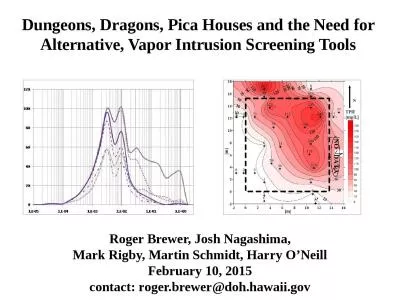PPT-Hacking Techniques & Intrusion Detection
Author : pasty-toler | Published Date : 2016-06-29
Ali Al Shemery arabnix at gmail All materials is licensed under a Creative Commons Share Alike license httpcreativecommonsorglicensesbysa30 2 whoami Ali Al
Presentation Embed Code
Download Presentation
Download Presentation The PPT/PDF document "Hacking Techniques & Intrusion Detec..." is the property of its rightful owner. Permission is granted to download and print the materials on this website for personal, non-commercial use only, and to display it on your personal computer provided you do not modify the materials and that you retain all copyright notices contained in the materials. By downloading content from our website, you accept the terms of this agreement.
Hacking Techniques & Intrusion Detection: Transcript
Download Rules Of Document
"Hacking Techniques & Intrusion Detection"The content belongs to its owner. You may download and print it for personal use, without modification, and keep all copyright notices. By downloading, you agree to these terms.
Related Documents

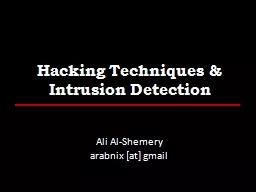
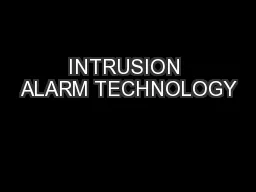


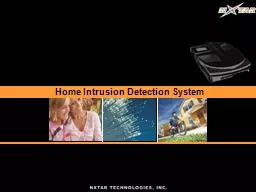

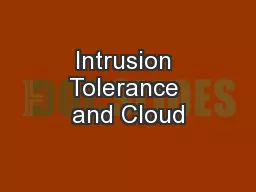

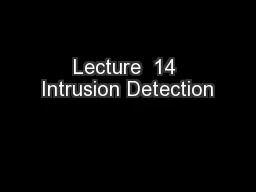
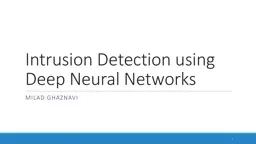
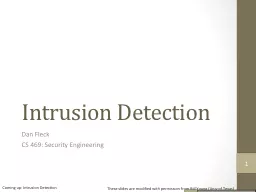
![[READING BOOK]-Hacking: How to Hack, Penetration testing Hacking Book, Step-by-Step implementation](https://thumbs.docslides.com/986420/reading-book-hacking-how-to-hack-penetration-testing-hacking-book-step-by-step-implementation-and-demonstration-guide-learn-fast-how-to-hack-strategies-and-hacking-and-black-hat-hacking-2-manuscripts.jpg)

